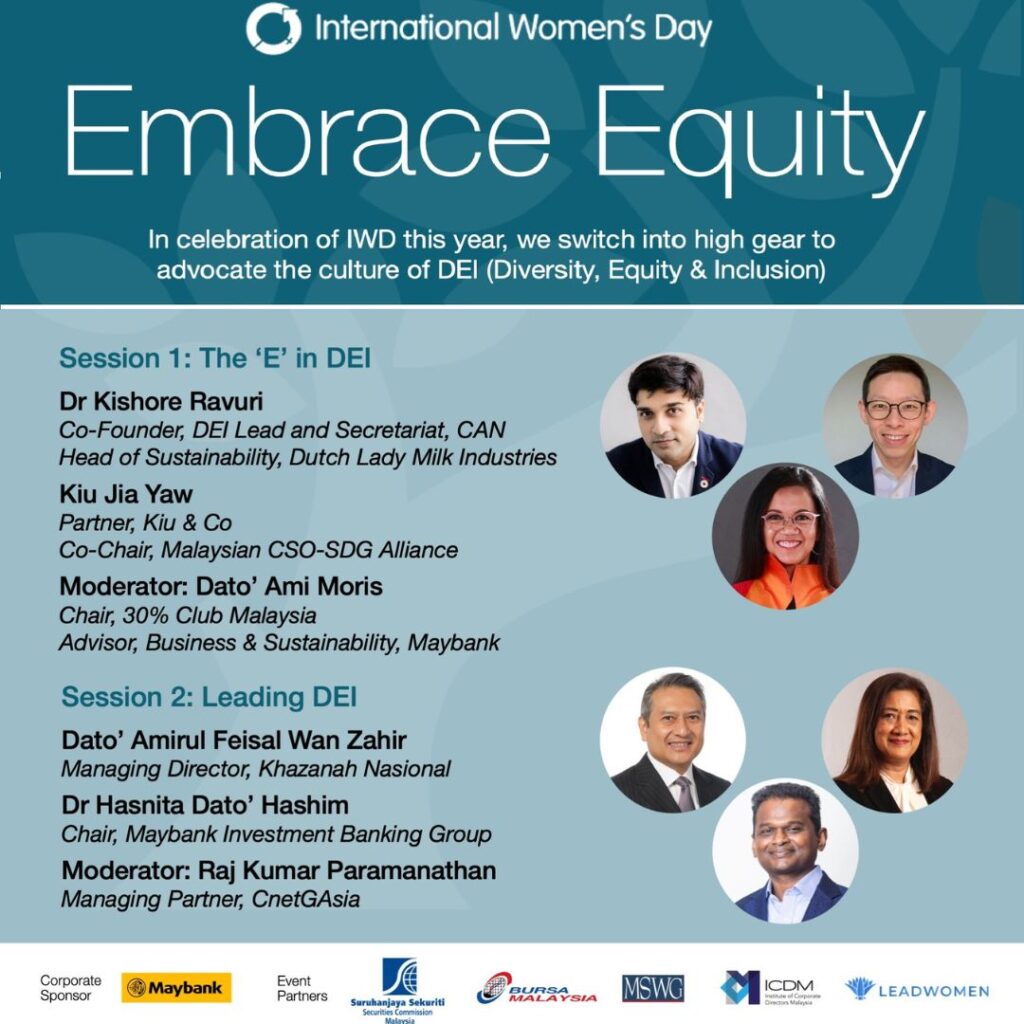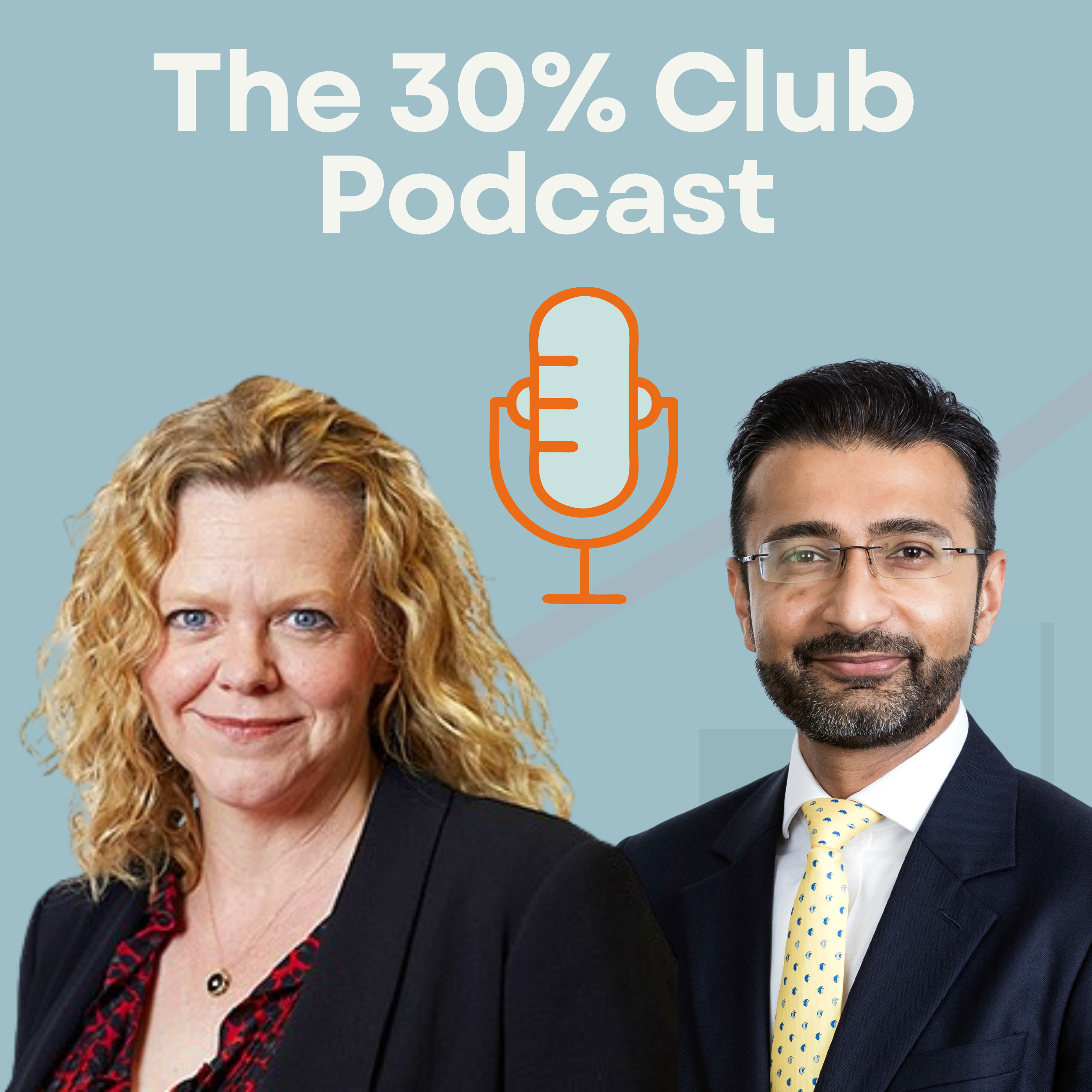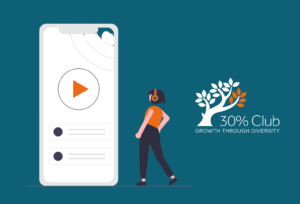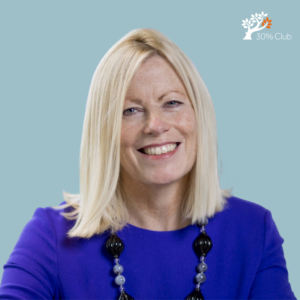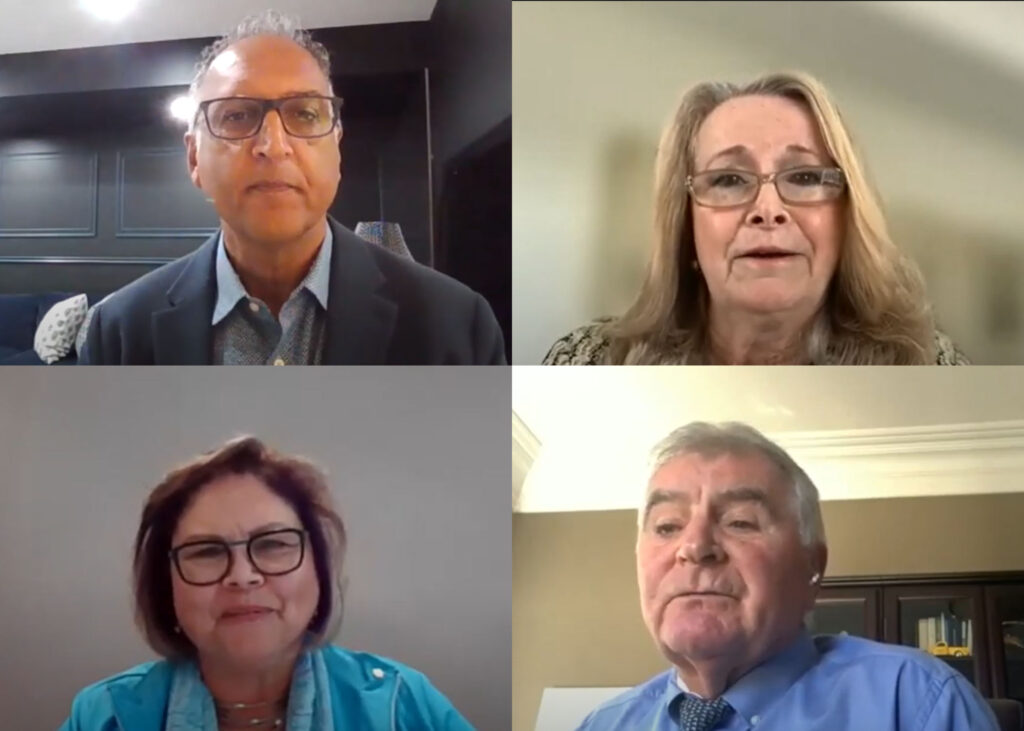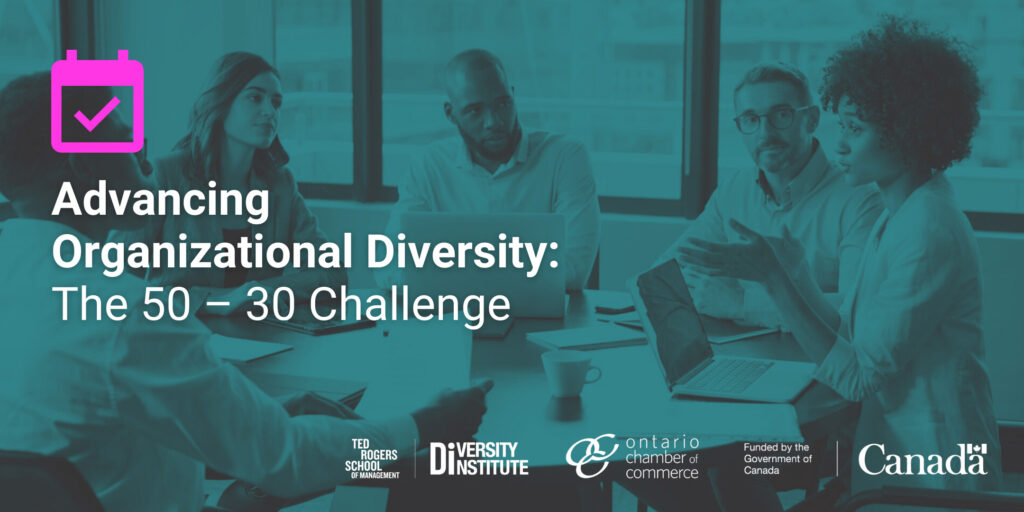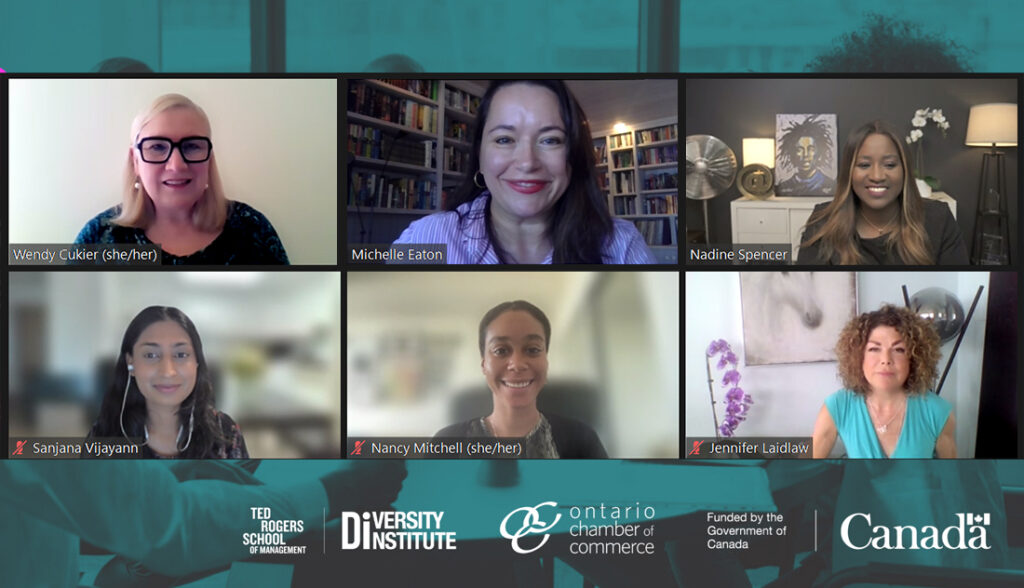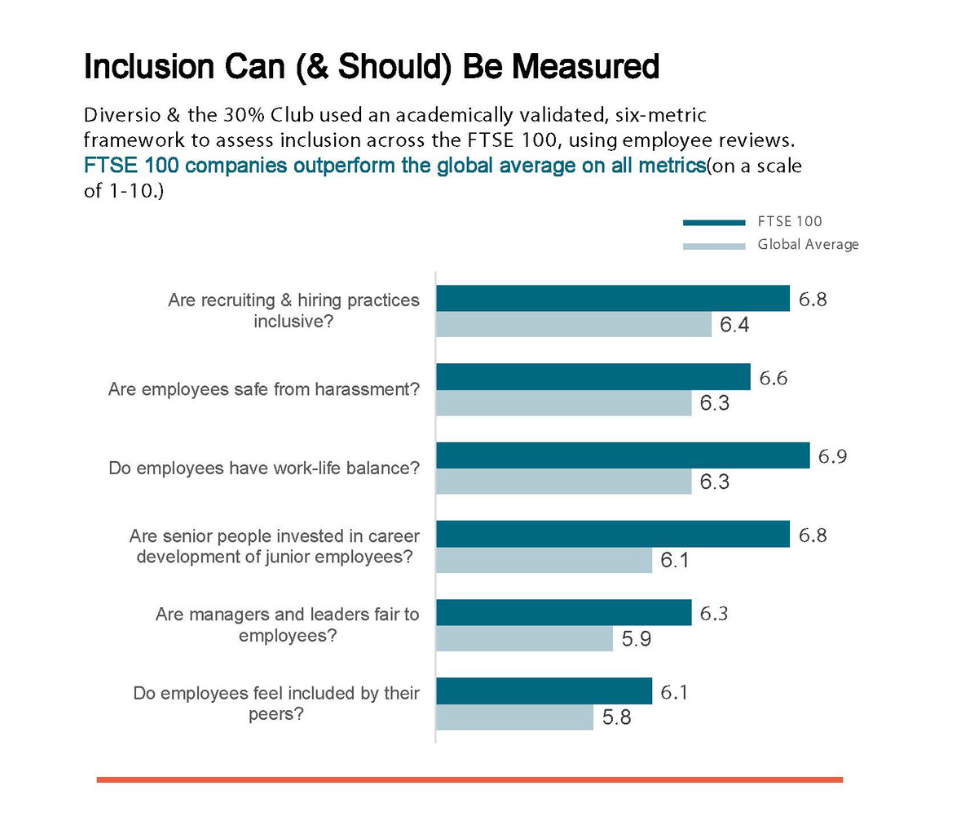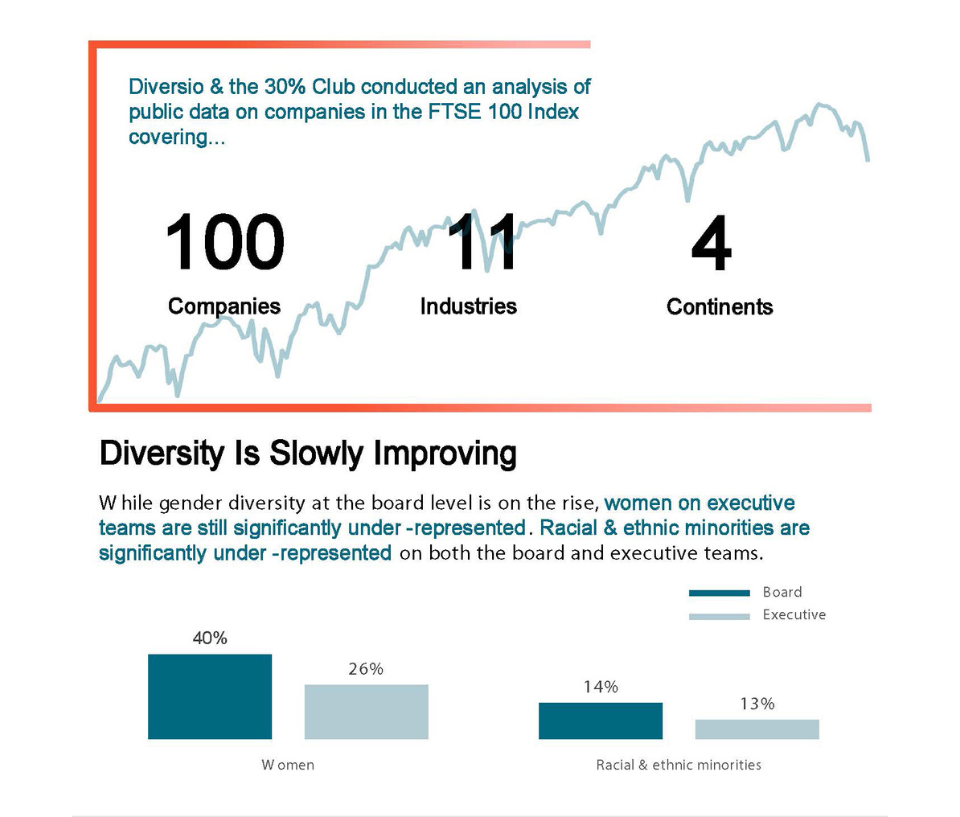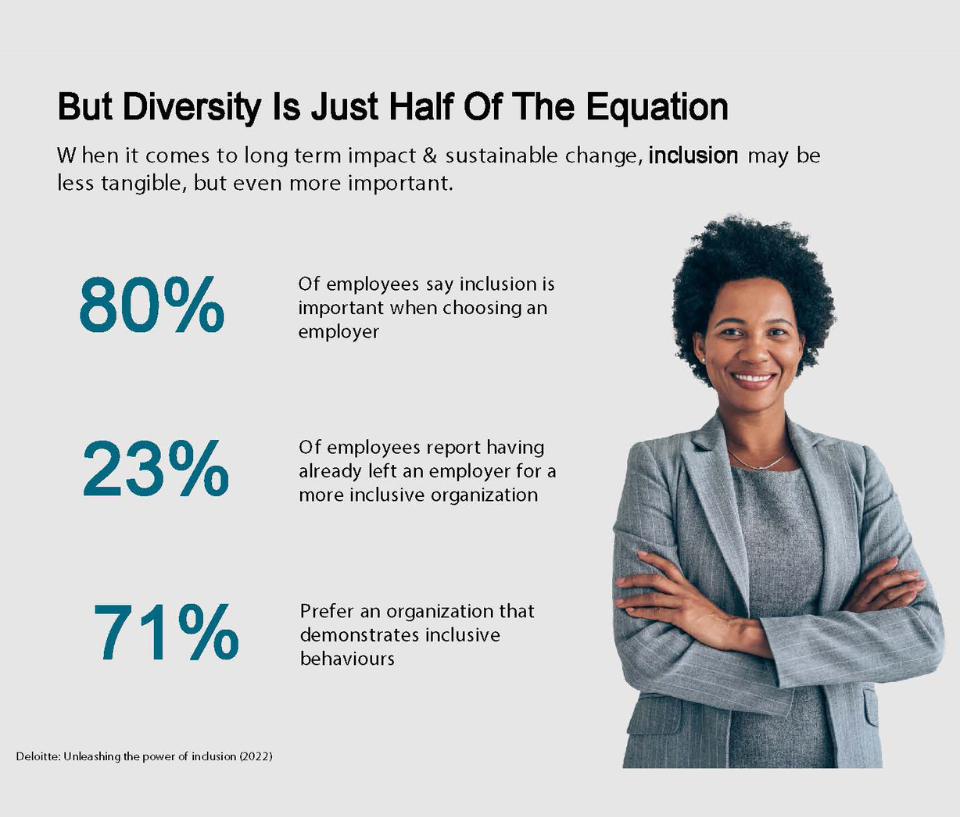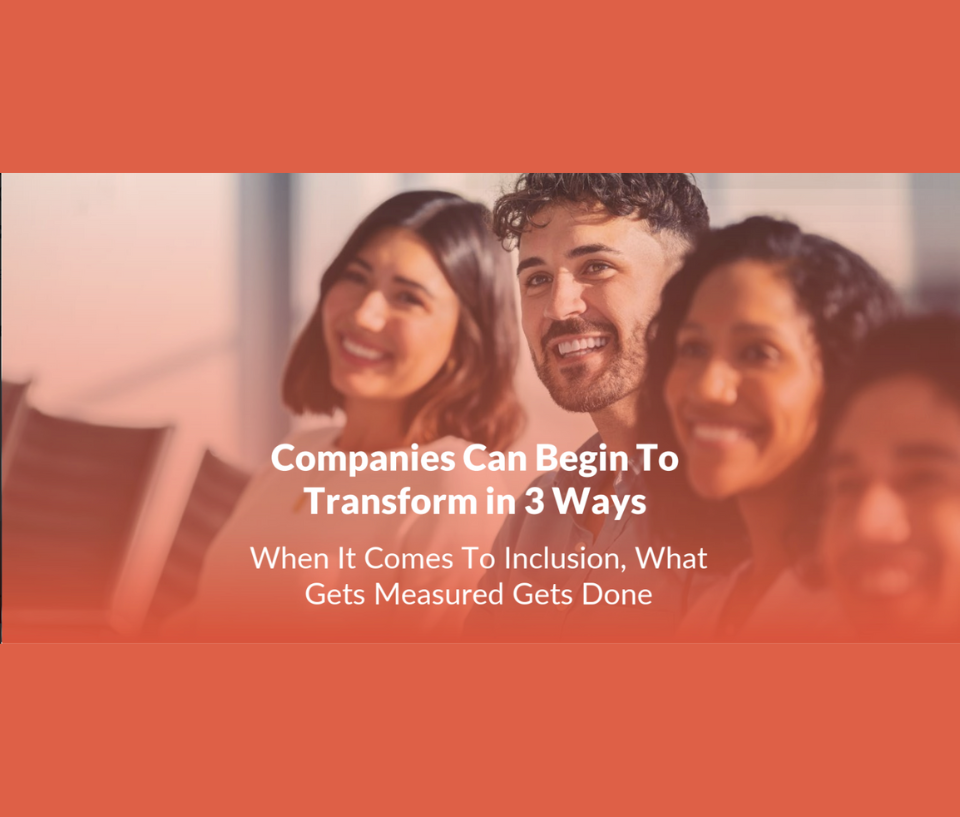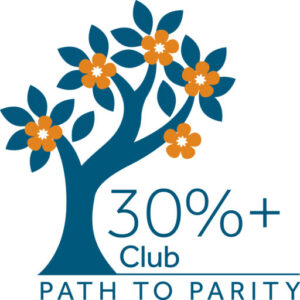16 marca 2023 roku jako 30% Club Poland mieliśmy wielką przyjemność współtworzyć wydarzenie „Thought Leadership” wraz z ACCA Polska, których celem było przedstawianie inspirujących liderów i liderek członkom i członkiniom ACCA Polska.
ACCA Polska jest instytucją wspierającą 30% Club Poland od startu kampanii w czerwcu 2021 roku. Członkinie ACCA Polska brały również udział w badaniu 30% Club Poland i UN Global Compact Network Poland „Niech nas usłyszą! Głos kobiet w korporacjach”, za co podczas wydarzenia serdecznie podziękowała im Agnieszka Jarosz, Dyrektor Zarządzająca ACCA Polska, Ukraina i kraje bałtyckie, która zainaugurowała wydarzenie.
Wydarzenie było również okazją do przedstawienia członkom i członkiniom ACCA Polska wyników raportu „Niech nas usłyszą! Głos kobiet w korporacjach” przez Milenę Olszewską-Miszuris, Co-Chair 30% Club Poland, która współtworzyła raport wraz z Aleksandrą Włodarczyk, Koordynatorką Kampanii oraz dr Anną Golec, Ambasadorką 30% Club Poland.
Kluczowym elementem spotkania była rozmowa Joanny Zakrzewskiej, szefowej Rady ACCA Polska z Dominiką Bettman, członkinią 30% Club Poland i Dyrektorką Generalną Microsoft Poland, znaną specjalistka ds. nowych technologii, autorką książki “Technologiczne Magnolie”, która:
– podzieliła się swoją wiedzą dotyczącą transformacji cyfrowej,
– opowiedziała jakie kompetencji będą istotne w przyszłości,
– przedstawiła swoje spostrzeżenia na temat włączającego przywództwa.
Dodatkowo, każda osoba uczestnicząca w wydarzeniu stacjonarnie otrzymała książkę Prelegentki wraz z dedykacją.
Wydarzenie odbyło się w formie hybrydowej. Część stacjonarna miała miejsce w WP Klubie w WP.PL, która od początku wspiera kampanię 30% Club Poland. Dodatkowo, wydarzenie było transmitowane na żywo i można je obejrzeć po rejestracji pod linkiem: https://event.on24.com/wcc/r/4119626/2F06FA835AED8A289DAD419BC38D47F6
Bardzo dziękujemy Damianowi Dembowczyk z ACCA Polska oraz Małgorzacie Żelazko, Iwecie Opolskiej i Renacie Neidrowskiej z 30% Club Poland za organizację tego inspirującego spotkania jak również wszystkim uczestnikom za wysoką frekwencję.

